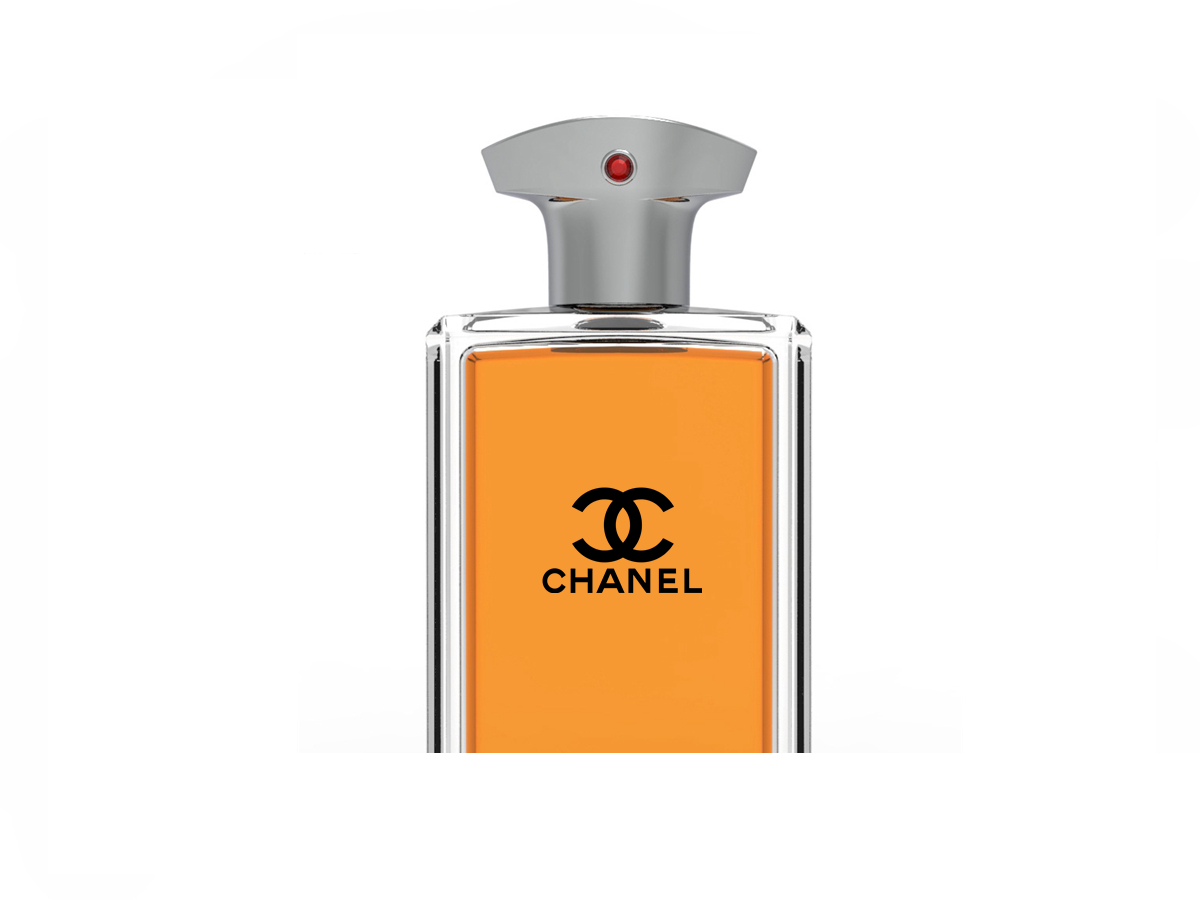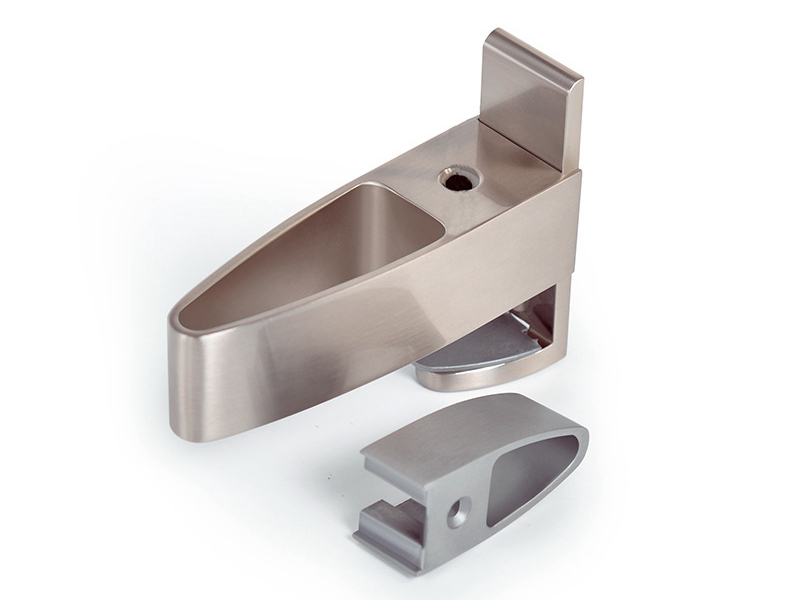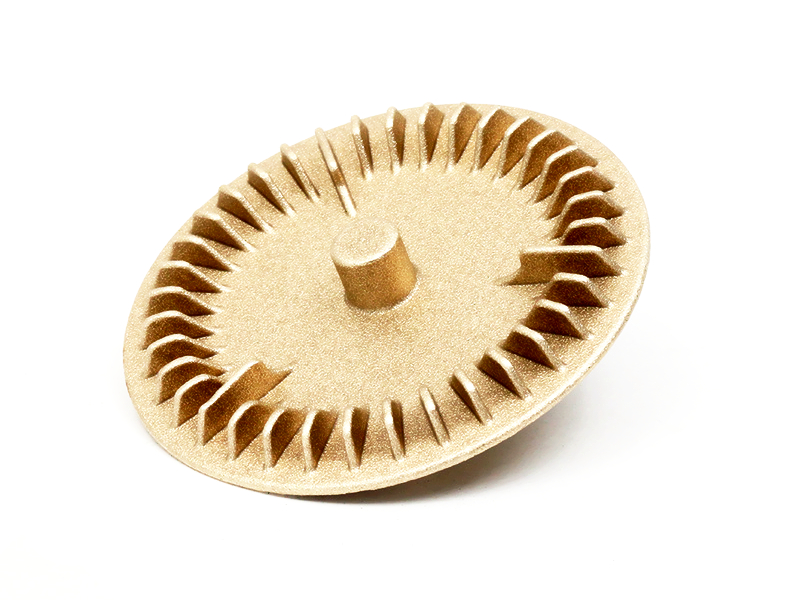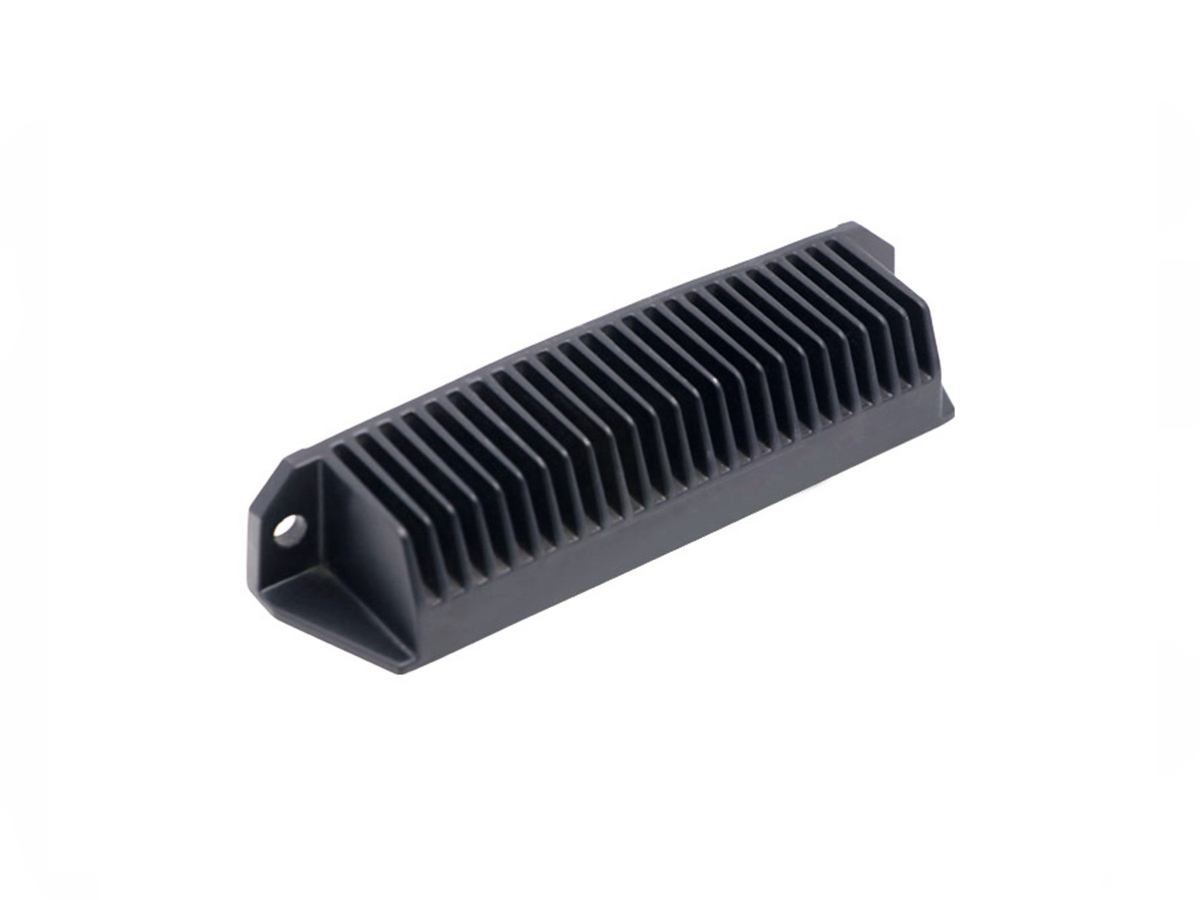Chanel Classic Perfume Bottle Cap On-Demand Zamak Die Casting Production
Luxury packaging components require elegance, tactile precision, and scalable manufacturing flexibility. Zamak die casting offers an ideal balance of form, finish, and functional integrity for fragrance packaging.
This case study explores the short-run production of zamak perfume caps using high-precision die casting and polishing techniques. Each part is designed for visual perfection and ergonomic feel and meets Class-A cosmetic quality standards.
Why Use Zamak for Decorative Perfume Caps?
Zamak alloys—particularly Zamak 3 and Zamak 5—are ideal for decorative castings due to their excellent surface replication, dimensional stability, and high plating compatibility. They enable the creation of high-resolution logos, contours, and reflective curves.
Zamak Die Casting for Decorative Applications
Property | Zamak 3 | Relevance to Caps |
|---|---|---|
Surface smoothness (as-cast) | Ra ≤ 3.2 µm | Supports mirror polishing |
Tensile strength | ~283 MPa | Provides rigidity in handling |
Casting tolerance | ±0.05 mm (CT5–CT6) | Ensures uniform fit |
Plating adhesion | Excellent | Compatible with chrome/nickel |
Density | ~6.6 g/cm³ | Premium weight perception |
Explore our zinc die casting service to learn how Zamak alloys deliver both aesthetic and mechanical performance in premium packaging.
Mold Design for Detail and Consistency
The cap’s exterior features subtle embossed branding, a domed crown, and flat base—all requiring tight visual fidelity and finish consistency. The mold was developed using multi-part cavity blocks with mirror-polished inserts and venting channels to minimize flow lines and gas traps.
Tooling features:
Mold material: H13 steel, nitrided
Lifters: for undercut release
Cavity finish: Ra ≤ 0.4 µm
Die life: 80,000–100,000 shots
Parting line control: ≤0.03 mm flash
Learn more about tool and die making for cosmetic parts focused on high-polish, visually exposed consumer products.
Finishing Processes: Polishing and Optional Plating
After casting, each part undergoes vibratory polishing, followed by hand buffing to achieve a near-mirror finish. For premium versions, optional electroplating or PVD coating is applied.
Surface finishing stages:
Media tumbling: ceramic abrasives for smoothing
Manual buffing: cotton wheel, polishing paste
Optional finishes: chrome, gold, matte black via PVD or painting
Surface quality: Ra ≤ 0.3 µm after polishing
Adhesion test: ASTM D3359 (5B for plated finishes)
Our post-process surface services support finish consistency across short- and mid-volume runs.
On-Demand Production and Flexibility
The project followed an on-demand model, with batch sizes ranging from 1,000 to 5,000 units per variation. Shared mold bases and interchangeable inserts allowed multiple cap variants to be produced without tool changeover.
Low-volume production features:
Lead time: 15–20 business days from tooling to packaging
MOQ: 1,000 pcs per SKU
Variant management: handled via insert-swappable die platforms
In-process QA: 100% visual + dimension sampling per ISO 2859-1
Quality Control and Packaging
Each cap was visually inspected under uniform lighting and dimensionally verified using profile gauges and micrometers. Finished parts were packed in velvet-lined trays to prevent abrasions.
Final QA and delivery:
Cosmetic grade: ISO 1302 N6 surface requirement
Dimensional tolerance: ±0.05 mm on outer ring
Batch traceability: via internal QR label per tray
Packaging: EVA foam tray, double blister, custom box if required
Explore our one-stop service model for decorative metal parts—from mold to finished product.
FAQs
Why is Zamak preferred over aluminum or brass for decorative caps?
What finishing techniques ensure mirror-grade surfaces on zinc castings?
How are short-run zamak parts produced without tooling delay?
What surface standards apply to Class-A cosmetic metal components?
How is dimensional consistency maintained in decorative casting runs?




